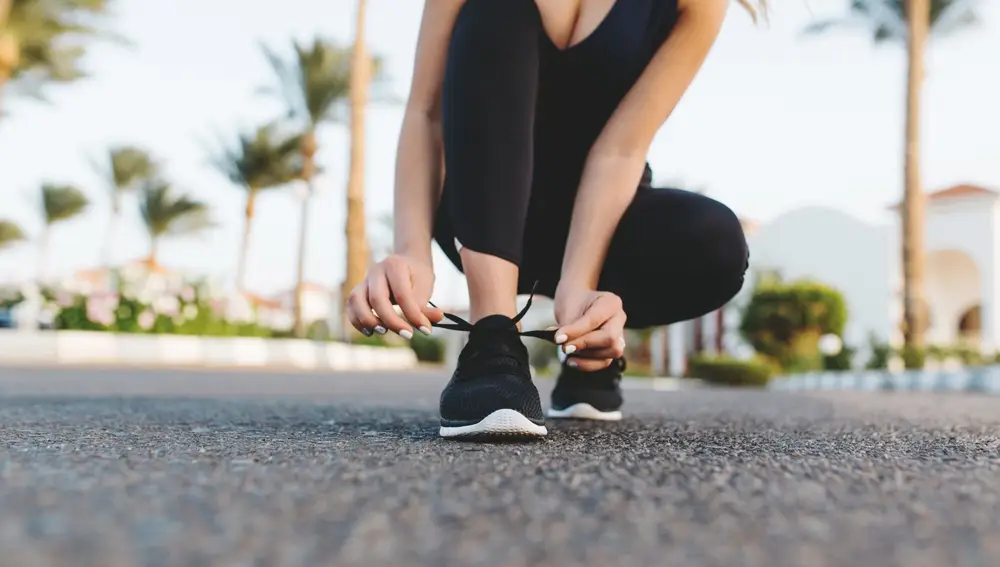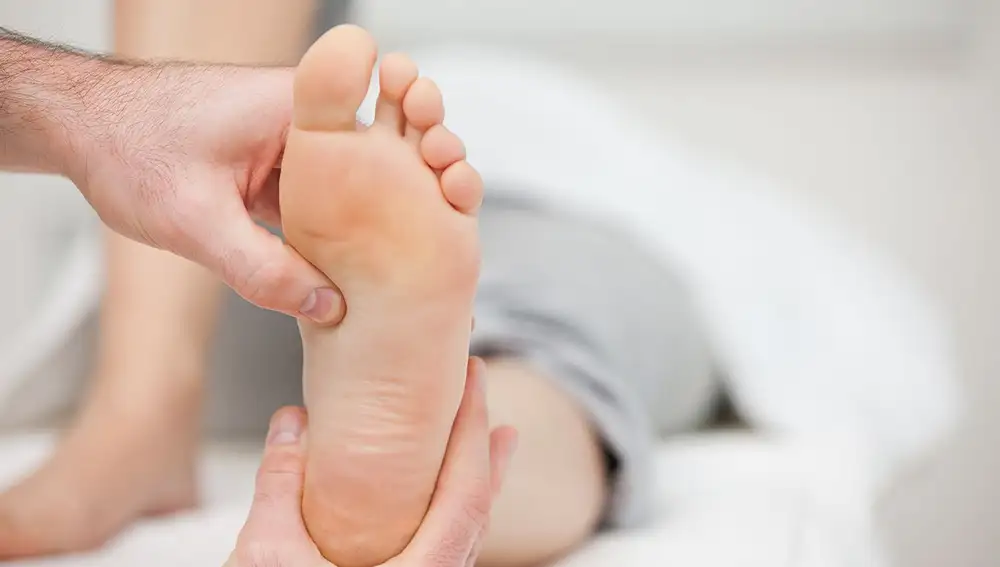He summer heat it can be really unbearable. And it is common that -to cope- some people interrupt their daily routine a little to sit for a few minutes. A moment that is also often used to take off your shoes for a while. And if you've already done this, it's normal that you've experienced how difficult it is now for us to wear the same shoes as before... or that these give us they are very tight.

What is the cause?
The high temperatures, combined with a poor blood circulation, they can make our feet and ankles swell. That's what the doctors call peripheral edema. And, in essence, it is swelling caused by excess fluid retained in the leg muscles. Heat makes this happen, as it causes the veins to dilate and this makes it difficult to venous return…thus producing inflammation.
However, there are also some factors what can they do a person be most susceptible to the problem:
- It's a problem that women suffer more frequently. Especially during the hormonal changes caused by menstruation, menopause or pregnancy
- Spend many hours standing or sitting. Especially in people with problems obesity, whose limbs must exert much more effort to maintain their weight; which -obviously- also worsens circulation.
- Excess salt in the dietwhich can increase fluid retention.
- shoes or socks very tightcan prevent adequate blood circulation and adequate venous return.
- check out what medications are you taking lately. Some of them can promote fluid retention or worsen venous return.
- people with diabetes It is lymphedema They are more susceptible to peripheral edema.
What can I do to avoid it?
It is normal for us to have swollen feet if, for example, we have just walked 20 kilometers on foot… in mid-July. And obviously, that doesn't mean we should worry about it. Now if it's something this happens often and without having done anything extraordinary to deserve it, it is important that we seek the advice of a health professional who can guide us about how can we proceed from now on.
In the meantime, you should make sure let your feet rest As it should. And for this, there are several habits that you can include in your routine. For example, you can use a Comfortable shoes and that you don't try to stay at home, you get used to it lift your legs above the height where the heart is for at least 15 or 20 minutes every day, reactivate circulation by massaging the feet and ankles, letting them rest for a while in cold water.

It is also important to make sure we are not making the problem worse with foods that benefit the Liquid retention such as coffee, alcohol or salt. The best Drink a lot of water and consume Foods that promote adequate blood circulation.












